؟What is LECA block
Lightweight Expanded Clay Aggregate (LECA) is a new building material produced by using a unique process of clay expansion at high temperatures. These blocks have attracted the attention of architects and civil engineers in recent years due to their low weight, thermal and acoustic insulation, and environmental friendliness. This review discusses various aspects of production, characteristics, applications, and benefits of these materials.
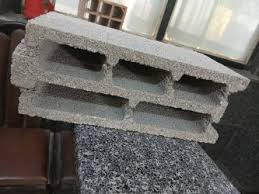
2. Composition and production process
• Raw materials: pure clay, which is free of organic impurities.
• Production:
• 1. The ground clay is formed into balls with a diameter of 5 to 20 mm.
2. These balls are heated in rotary kilns at temperatures of 1100 to 1200 degrees Celsius.
3. As a result of heating, the gases inside the clay expand and create a porous and light structure.
4. After cooling, the Lika grains are combined with cement or other binders to produce blocks.
3. Technical characteristics
• Light weight: Density of about 300 to 800 kg/m3 (compared to conventional concrete with a density of 2400 kg/m3).
• Thermal insulation: Low thermal conductivity (0.08 to 0.15 W/mK), which reduces energy consumption in buildings.
• Sound insulation: Absorbs sound waves up to 50 dB.
• Fire resistance: Up to 4 hours without releasing toxic gases.
• Environmental sustainability: Recyclable and reduces the consumption of natural resources.
4. Applications
• Lightweight structures: Partition walls, lightweight ceilings, and non-load-bearing facades.
• Insulation: In floors, walls, and ceilings for temperature and sound control.
• Infrastructure projects: As a filler in embankments or under roads due to its low weight.
• Urban agriculture: use on green roofs as a growth medium for plants.
5. Advantages and disadvantages
• Advantages:
o Reduction of dead load of the structure and saving on foundation costs.
o Quick and easy installation with common tools.
o Resistance to moisture, frost, and insects.
• Disadvantages:
o Lower compressive strength than concrete (about 2 to 6 MPa); need for reinforcement in load-bearing structures.
o Restricted access in some areas.
6. Standards and technical requirements
Lika blocks are usually produced in accordance with international standards such as ISO 9001 (quality management) and ASTM C331 (lightweight materials standard).
7. Role in sustainable construction
• Reduction of carbon emissions due to lower energy consumption in production.
• Possibility of use in green certified projects such as LEED or BREEAM.
• Recycling of destroyed blocks in new projects.
8. Future Outlook
With the increasing demand for environmentally friendly materials, the use of LECA blocks is expected to expand in residential, industrial, and infrastructure projects. Improvements in manufacturing technologies may also increase the strength and applications of these materials.
Do you know the dimensions of LECA lightweight blocks?
The dimensions of LECA lightweight blocks (LECA) usually vary depending on the manufacturing standards of the countries and the needs of the project, but some common dimensions are as follows:
1. Standard dimensions (common in Iran and other countries)
• Wall block:
o Length: 40 cm
o Width: 20 cm
o Height: 20 cm
o Note: These dimensions are similar to regular cement blocks and are used for non-load-bearing or separating walls.
• Thinner block (for lightweight walls):
o Length: 40 cm
o Width: 10 to 15 cm
o Height: 20 cm
• Roof block:
o Length: 40 cm
o Width: 20 cm
o Height: 25 to 30 cm (to bear more load in lightweight roofs).
2. Dimensions in European standards
• Length: 36.5 cm (compatible with the dimensions of traditional European bricks)
• Width: 24 cm
• Height: 24 cm
3. Special dimensions for special applications
• Hollow blocks:
o To reduce weight and improve insulation, they may have internal cavities.
o Example: Dimensions 40x20x20 cm with 2 to 3 cavities.
• Facade blocks:
o Smaller dimensions such as 25x12x6 cm for more delicate facade work.
4. Factors affecting dimensions
1. Type of structure: load-bearing vs. non-load-bearing wall.
2. Local regulations: National standards of each country (for example, Iran uses dimensions 40x20x20 more).
3. Customer order: Possibility of production in special dimensions according to the needs of the project.
5. Approximate weight of the Lika block
• Weight of each standard block (40x20x20 cm): 10 to 15 kg (depending on density and number of cavities).
• Weight of ordinary concrete with the same dimensions: about 30 to 40 kg.
6. Important points
• To ensure accurate dimensions, it is better to check the manufacturer’s catalog.
• In large projects, it is possible to order blocks with specific dimensions.
• The dimensions of the Lika block are usually consistent with cement or clay blocks to make implementation easier.
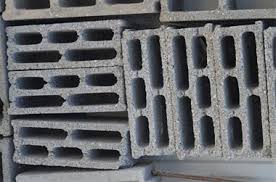
Lika Barter?
In general, Lika Barter is a type of Lika block brand, which is likely to be placed on its product by a manufacturer. However, based on information related to Lika products and their characteristics, the following points can be stated:
1. Lika and its types
Lika (industrial lightweight aggregate) generally refers to high-temperature expanded clay grains that are produced in three main categories:
• Lika Industrial Pumice: Used for insulation, flooring, and filling spaces29.
• Lika block: It is made by mixing Lika grains with cement and water and is used for lightweight and insulated walls410.
• Lika mortar: A mixture of cement and fine Lika grains for plastering and bricklaying4.
• . Conclusion
Lika lightweight block, as a multipurpose material, is an efficient alternative to traditional materials in many applications. However, its selection should be made according to the project needs (such as loading and environmental conditions) and in consultation with engineers.
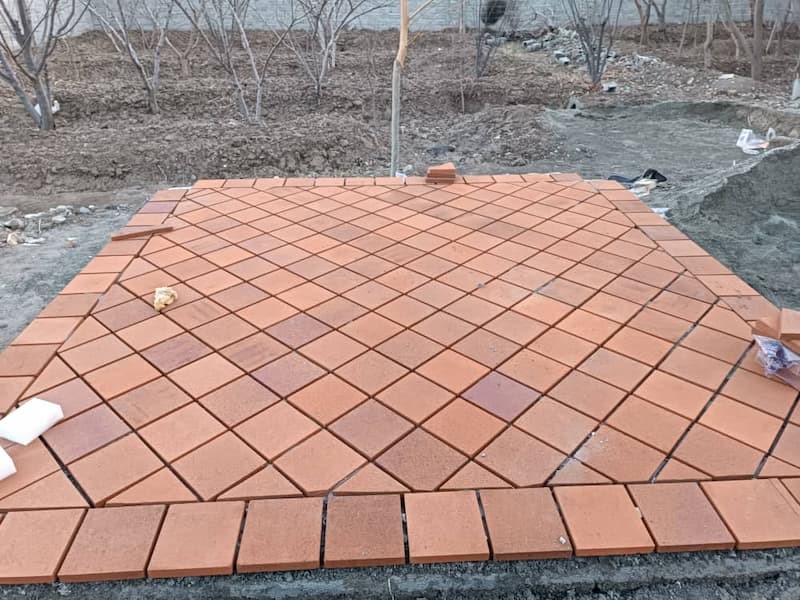
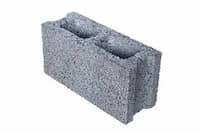
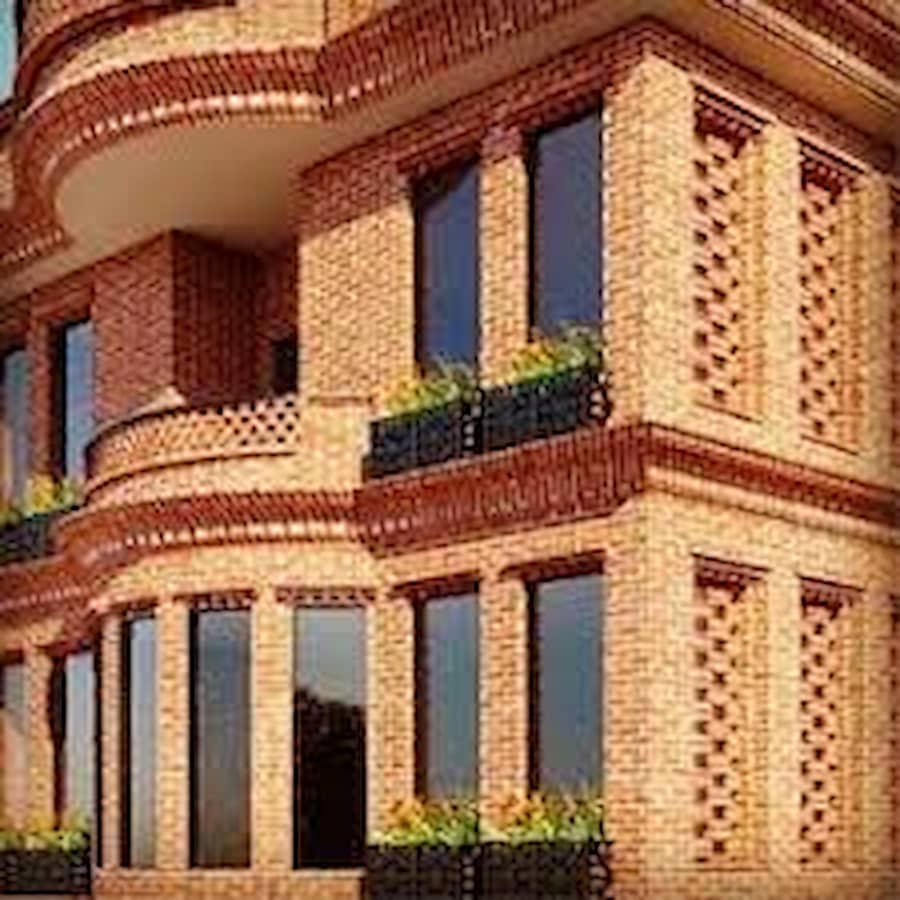

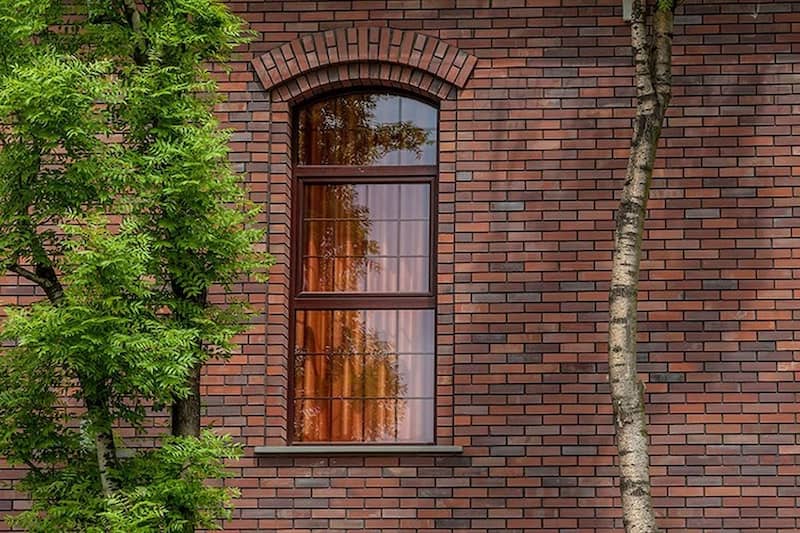
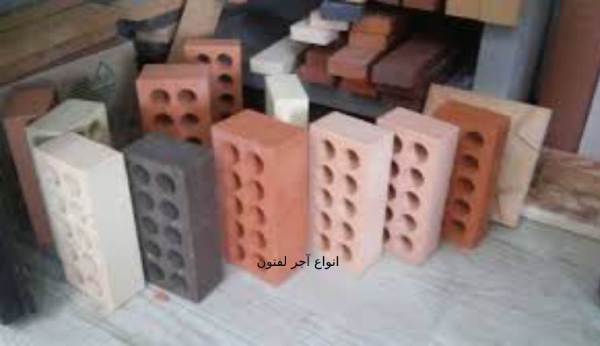
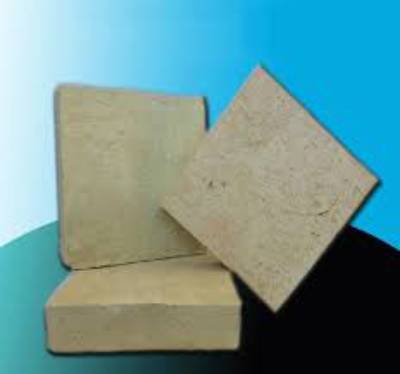
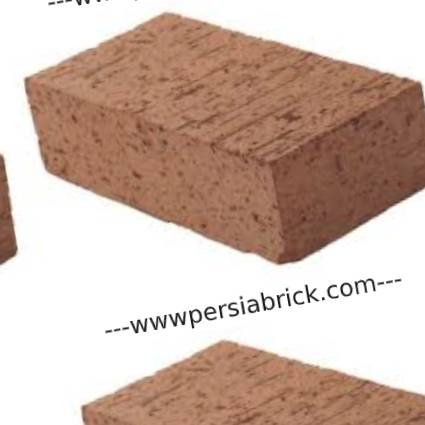
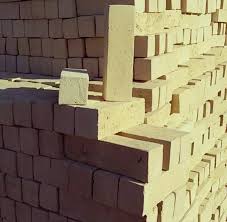
دیدگاه شما با موفقیت ثبت شد.